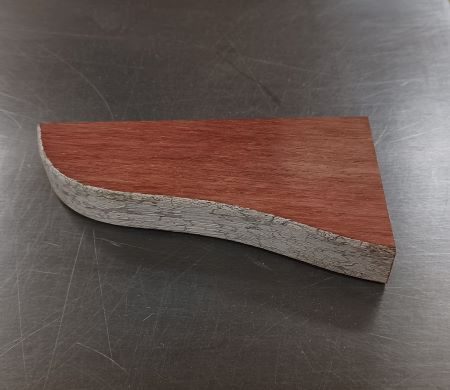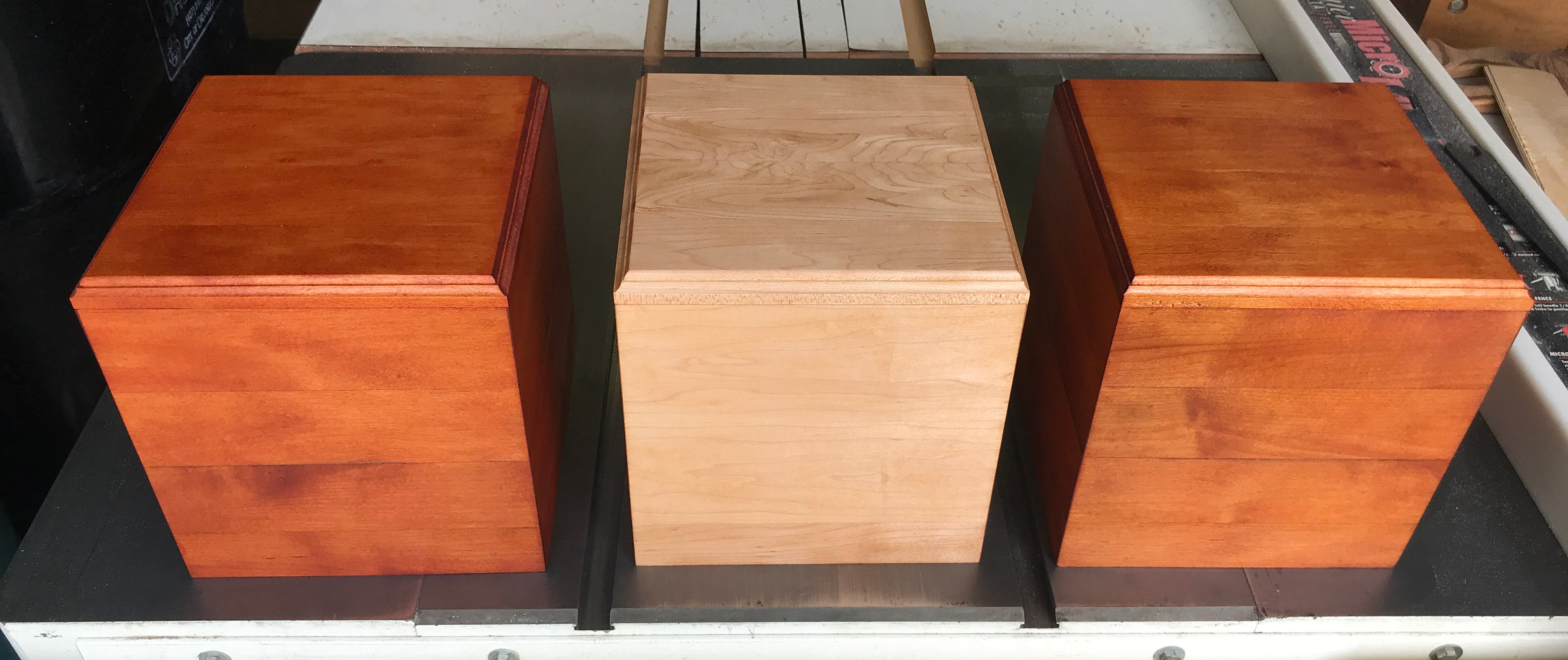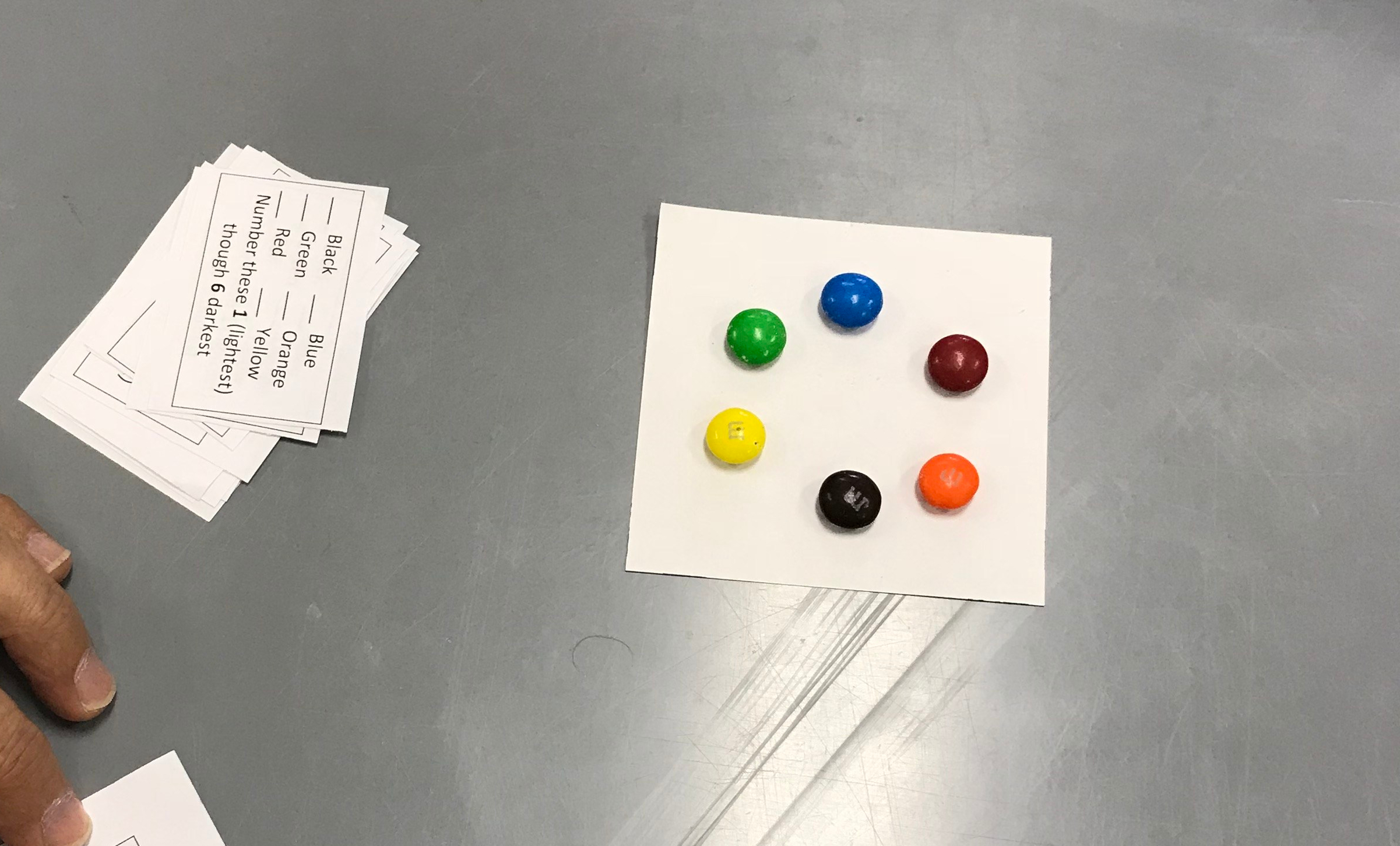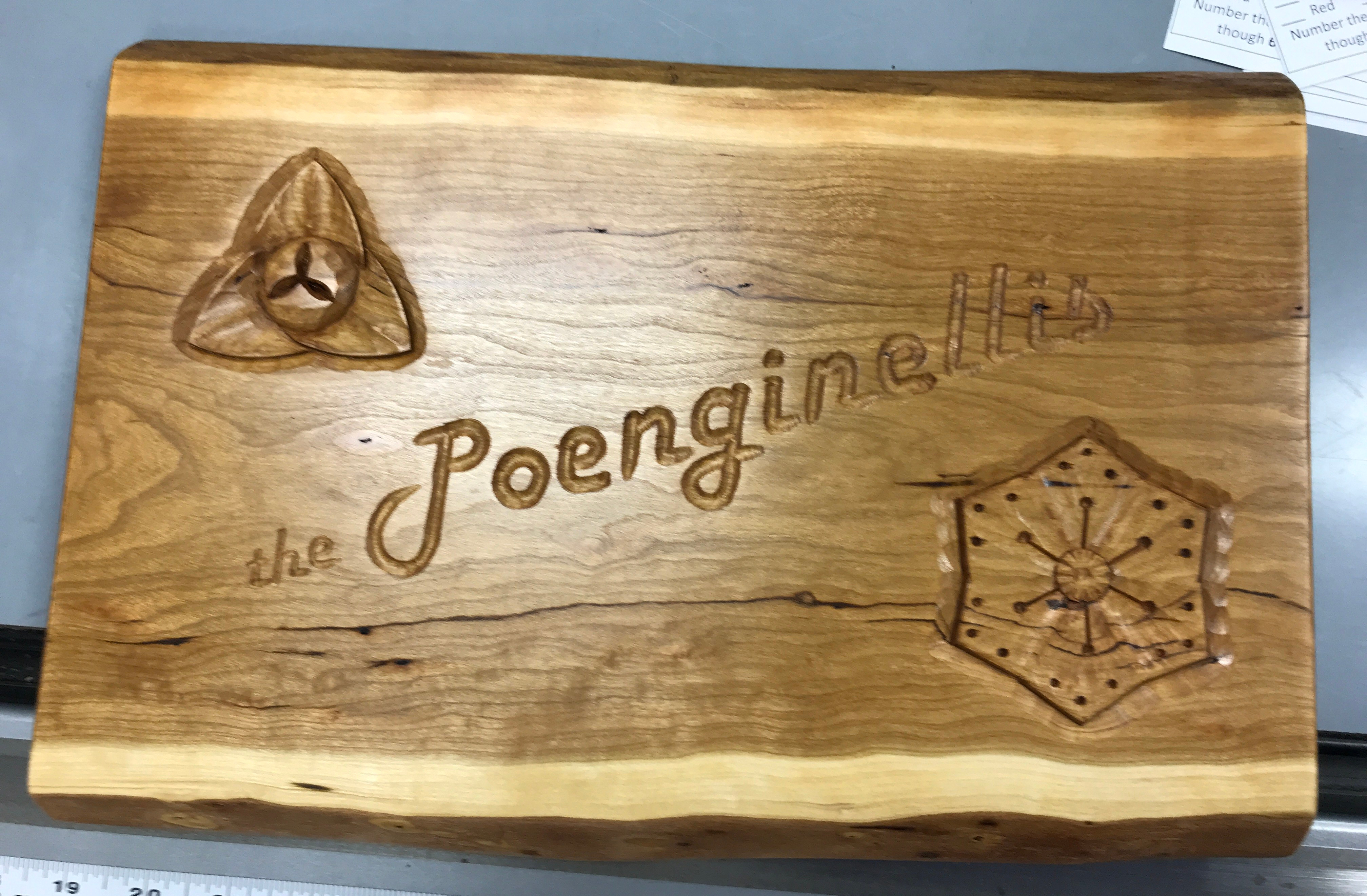Central Florida Furniture Makers Guild

SHAVINGS
Newsletter of the
Central Florida Furniture Makers Guild
Newsletter Editor: Craig Aebli
George Poelker did a demonstration of Osmo’s new finish developed for indoor furniture surfaces such as countertops, table tops and cutting boards. It appears to be very waterproof. It comes out of the bottle white and then dries clear, though there were indications that the white might show on darker woods.
George also showed a piece of teak that he had been given. It was from a chair that had been outside for over 20 years, The weathering appeared to be severe, but when the piece was cut it was obvious the grey weathering was microscopically thin.


 John Kennedy showed a coffee table he had made. It was curved to match a client’s space. He stated that he wasn’t completely satisfied with it because the geometric forms he glued together to make the top had reacted from the moisture in the glue and he needed to pin nail them flat. The pin nail holes became very evident after the finish was applied. Several possible solutions were discussed. John asked us to guess the wood species of the top. No one guessed correctly. Turns out to be camphor. A discussion on the potential harmful effects of working with camphor ensued. John also showed a jig he made for drilling holes in sandpaper to fit his ROS. |



Pete Savickas showed pictures of some swings he made in remembrance of a friend who recently passed away. The friend had swings and chairs in his front yard where neighbors would gather each evening. The swings Pete made were placed in a neighborhood park.
The swings are entirely of p t 2”x4”’s. The uprights are beveled, and bolted into beveled pockets. The slats for the seats were ripped 7/8” thick which gave me exact four slats from a 3,1/2”wide board, I use a thin kerf blade.
They were made as a memorial to my friend Jim Koffman who passed away recently .
Pete also showed pictures of a mailbox /flower box combination he made for his yard.
The mailbox/ planter is of a variety of wood scraps with fir as the main post.


Bill Giesey showed pictures of the two desks he has been working on for his grown kids. He showed how he solved the problem of how to run wiring through the desks so it could be hidden and controlled. He made chases out of cheap gutter material he found at a big box store. This solution accomplished all the requirements.
















































































































































































































































































